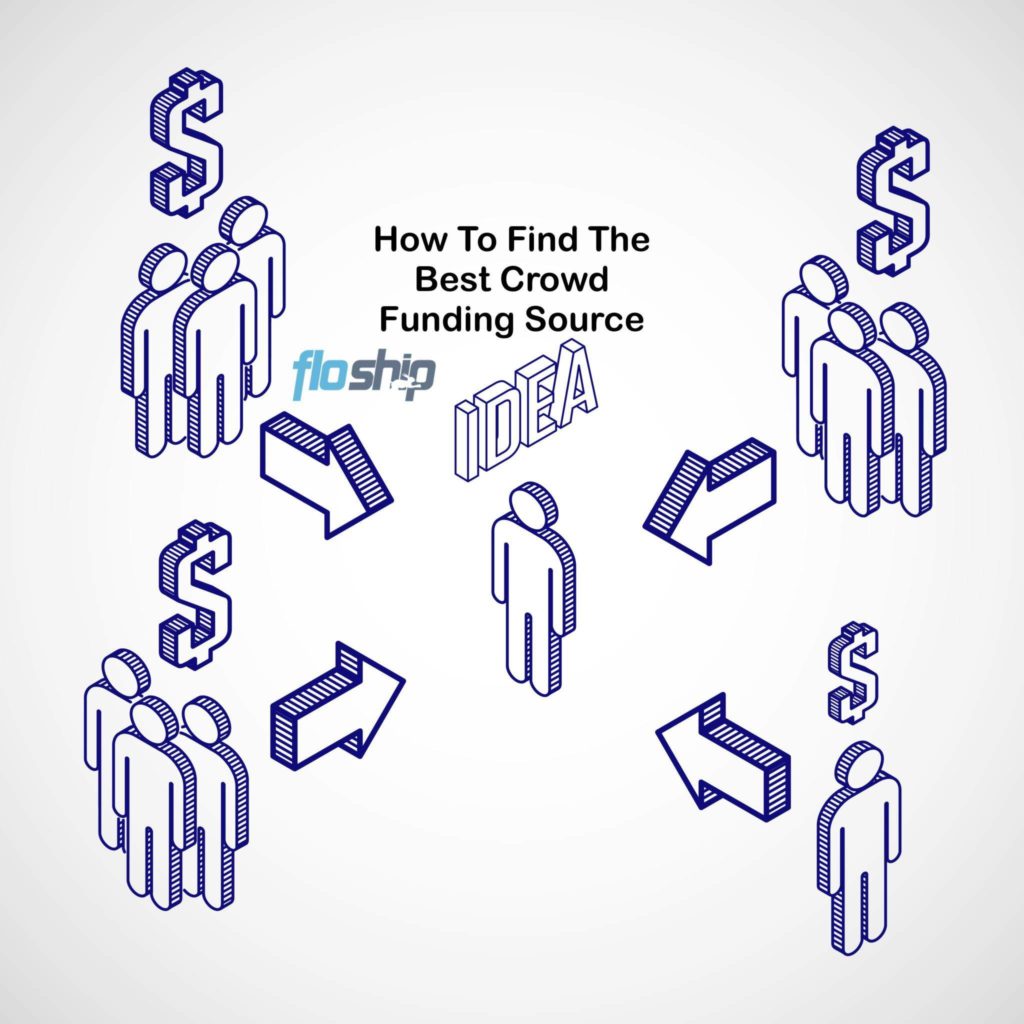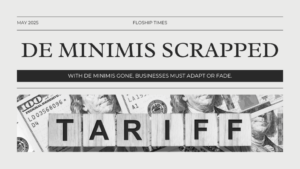Regardless of the business model, one problem faced by most entrepreneurs is how to obtain financing. Faced with unfavorable interest rates, many entrepreneurs never get their ideas off the ground.
But since 2003, we’ve seen businesses go from idea to finished and shipped product, sometimes in under 90 days, using the power of crowd funding.
While we’d like to think backers funding entrepreneurs is a new thing, it’s actually a pretty old concept.
In 1884, when the Statue of Liberty first arrived in America, the pedestal it stands on today hadn’t been built. Entrepreneur Joe Pulitzer asked residents of New York to donate towards the cost of constructing the pedestal. Their reward? They’d get a mention in his paper. The goal was quickly met with everyone from big business to school children donating money.
Who would have thought–one of the first crowd funding campaigns ever recorded wasn’t even to start a new business.
In recent years, more platforms and websites have been launched, all offering crowd funding in one way or another. These websites allow people raise funds for everything from real estate, charity, schools to church fund raising.
To stand out, some of these platforms have niched down. Pando sells itself as “a crowd funding site for women,” and idea.Me is built for the Latin American market.
But with a plethora of options also comes with the dilemma of choice; which platform is best for budding entrepreneurs? While using more popular options like Kickstarter and Indiegogo, they are not always the best option to raise capital.
These platforms have restrictions which mean they’re best deployed for only certain projects. For example, Kickstarter has geographical boundaries which means it’s only available in the US, Canada, and UK.
Entrepreneurs must understand that the choice of platform can impact on your chances of success, hence knowing what you are delving into is a no-brainer.
To determine the ‘best’ crowd funding source for your idea, critically evaluate your offer using these questions:
1. What Is your Product?
Very few platforms take on all product or service categories.
This means the type of product you create will determine where you can go and source funds.
For example, while Kickstarter can be used to raise money for creative projects, they don’t accept campaigns that are raising funds for charity.
Another factor is to determine what stage your project or product is currently in.
- Do you have prototypes made?
- Have you sold any products at all, and only need funds for mass production?
Taking a half-finished concept or an idea to many crowd funding sites, simply won’t work.
2. Have similar Projects been Funded?
When it was still a novelty, crowdfunding was possible for projects like indie films, but these days, not so much.
You have to evaluate if the idea or genre is interesting to individuals outside your network.
You need to be sure the platform caters to your audience before starting a campaign.
This is where niched platforms can help:
Two major ones in the indie film sector are Seed&Spark and Junction (Junction has, since this was published, been acquired by Seedrs–see link for details). Though there is a much smaller pool of backers here, they’re more engaged and are more willing to support film makers.
3. Which Funding Model & Rewards Available?
Crowdfunding sites run either rewards-, donation-, equity-, lending- or hybrid-based funding models. Understanding how each one works and its impact on your business is of utmost importance.
For example, if all you have is the idea for a product, steer clear of equity-based platforms like Startup Valley.
On this platform, backers are only interested in businesses that use a proven business model and actually have a track record.
These sites also differ with the fees they charge; while Kickstarter and Indiegogo have similar base fees, 5%, it can quickly go up on Indiegogo. You can end up paying between 3% and 9% for payment processing, depending on whether you reach your goal or not.
Acceptable perks or rewards also differ:
On Kickstarter, you can’t offer GMO products as a reward or offer multiple or bulk quantities of a product at one reward level.
4. How Much Exposure?
Apart from family and friends, no one else has probably heard of your brilliant idea:
This means these platforms are usually the first stage in your marketing process. The communities developed on these platforms can be the difference between a viral campaign and a dud.
Can you do with the extra word-of-mouth marketing? If so, look into using platforms with large engaged communities e.g. Kickstarter.
5. A Cost-Benefit Analysis
With the data gathered, carry out a cost-to-bennefit analysis of each site to find an answer to the most important question:
Which platform suits your project best?
- When you get full funding, can you complete and ship projects in the time you’ve stated?
- Looking at the fee structures, can you project reasonable profit margins?
- Will a crowdfunding campaign break even or run you at a loss?
It’s only by doing your due diligence and gathering data, that you assess the viability of using crowd funding to finance your dreams.
There is no denying the big bucks that crowdfunding can raise, but it’s simply not for every project.
Would be entrepreneurs fail to deliver on projects, either because they didn’t fully understand the implications, got their figures wrong or simply got overwhelmed.
Even those that pull through still have one more hurdle to surmount: delivery, or, more formally–fulfillment.
The most encountered pitfall of successfully crowd funded projects is late delivery of products–up to 75% of all projects are delivered late. The most cited reason for late delivery over optimistic timelines for how long it will take to actually bring the product to production once funding comes in.
Inexperienced product developers learn quickly that there is a gulf between a prototype and mass production or even getting factory ready for small MOQs.
One way to take out some of the risk once it’s time to ship, is to be prepared and informed ahead of time–before you being your crowdfunding campaign:
Are you preparing to launch a physical product on crowdfunding site, using either Indiegogo, Kickstarter or one of their many alternatives, get your free evaluation and get certified–earn a seal to share on your crowdfunding page, build trust with your backers by earning your Floship Certified Logistics Plan.
Don’t be a Statistic:
Floship can help you complete the best part of your product journey, delivery to backers.
Our fulfillment service has helped entrepreneurs like you connect with investors and build lasting business relationships.
Fill out the form here and one of our crowdfunding specialist can get your product into backers hands easily.
PREPARE TO SUCCEED, FREE GUIDE:
‘7 Challenges Faced by Wildly Successful Crowdfunders And How You Can Overcome Them’
The Truth About Crowdfunding Success…
Related Post
- Five Ways To Make Crowdfunding Fulfillment Easy
- 3 Mistakes People Make When Listing A Campaign On Crowdfunding Sites
- Crowdfunding Fulfillment: Product Delivery to YOUR Backers

Ready To Upgrade Your Logistic Solution?
Speak to Floship ecommerce logistic consultant about improving your global support chain today




